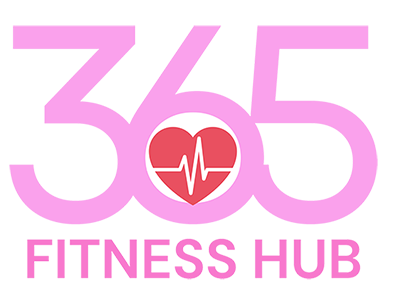Functional Fitness: Enhancing Daily Life Through Practical Training
In the evolving landscape of fitness, functional fitness has emerged as a cornerstone for those seeking to improve their strength, mobility, and balance for everyday activities. Unlike traditional fitness programs that often emphasize isolated muscle groups and aesthetic goals, functional fitness focuses on training the body to perform real-life movements more efficiently. This practical approach resonates deeply with individuals aiming for tangible quality-of-life benefits, making it a popular choice among diverse age groups and fitness levels.
Understanding Functional Fitness
Functional fitness is based on the principle that workouts should prepare the body for the activities of daily life. These exercises often mimic common movements, such as lifting, squatting, pushing, pulling, and twisting, to enhance overall physical performance and prevent injuries. The goal is to improve the body’s ability to function effectively in various real-world scenarios.
Core Components of Functional Fitness
Movement Patterns: Functional fitness exercises incorporate fundamental movement patterns that are essential for daily tasks. These include bending, lifting, rotating, walking, and standing. By training these patterns, individuals can enhance their efficiency and safety in everyday activities.
Multi-joint Exercises: Unlike traditional isolated exercises, functional fitness emphasizes multi-joint movements that engage multiple muscle groups simultaneously. This approach not only builds strength but also improves coordination and stability.
Balance and Stability: Functional fitness routines often include exercises that challenge balance and stability. This aspect is crucial for activities such as walking on uneven surfaces, reaching overhead, or navigating stairs.
Core Strength: A strong core is vital for almost all functional movements. Core-focused exercises are a staple in functional fitness, as they support proper posture, reduce the risk of back pain, and enhance overall stability.
Benefits of Functional Fitness
Adopting a functional fitness regimen offers numerous benefits that extend beyond the gym, directly impacting daily life:
Enhanced Daily Performance: Functional fitness prepares the body for common physical activities, making tasks like carrying groceries, lifting children, or doing household chores easier and more efficient.
Injury Prevention: By improving strength, flexibility, and balance, functional fitness reduces the risk of injuries both in and out of the gym. Stronger muscles and better joint stability protect the body from strains and falls.
Improved Mobility and Flexibility: Functional exercises promote a full range of motion, helping to maintain and improve joint flexibility and overall mobility. This is particularly beneficial for older adults who wish to stay active and independent.
Holistic Strength: Functional fitness builds strength in a balanced manner, targeting multiple muscle groups in a cohesive way. This holistic approach ensures that the body works as a unified system, enhancing overall physical capacity.
Adaptability: Functional fitness can be tailored to individual needs and fitness levels. Whether you are a beginner or an advanced athlete, exercises can be modified to provide an appropriate level of challenge.
Practical Functional Fitness Exercises
Incorporating functional fitness into your routine doesn’t require complex equipment. Here are some fundamental exercises that can be performed at home or in the gym:
Squats: Mimic the motion of sitting and standing, which strengthens the legs and core.
Lunges: Improve balance and coordination while targeting the lower body.
Push-ups: Strengthen the upper body and core, simulating pushing movements.
Planks: Enhance core stability and endurance.
Deadlifts: Train the body for lifting objects safely from the ground.
Medicine Ball Throws: Improve power and coordination, mimicking actions like throwing or passing.
Getting Started with Functional Fitness
To begin a functional fitness program, consider the following steps:
Assess Your Needs: Identify the daily activities you wish to improve and any physical limitations you may have.
Seek Professional Guidance: Working with a certified fitness trainer can provide personalized instruction and ensure proper technique.
Start Slow: Gradually introduce functional exercises into your routine, focusing on mastering form before increasing intensity.
Consistency is Key: Regular practice is essential for reaping the benefits of functional fitness. Aim for at least two to three sessions per week.
Conclusion
Functional fitness offers a practical and effective way to enhance overall physical well-being by training the body for real-world activities. Its emphasis on multi-joint movements, balance, and core strength makes it an ideal approach for those seeking tangible improvements in their daily lives. By incorporating functional fitness into your routine, you can achieve greater strength, mobility, and stability, ultimately leading to a more active and fulfilling life.

